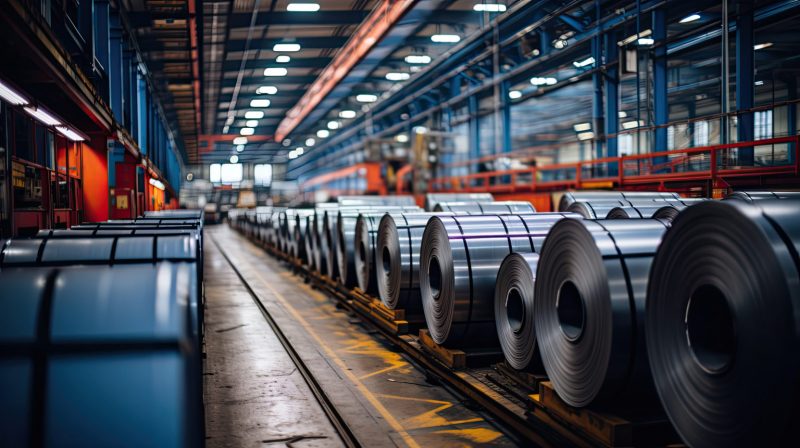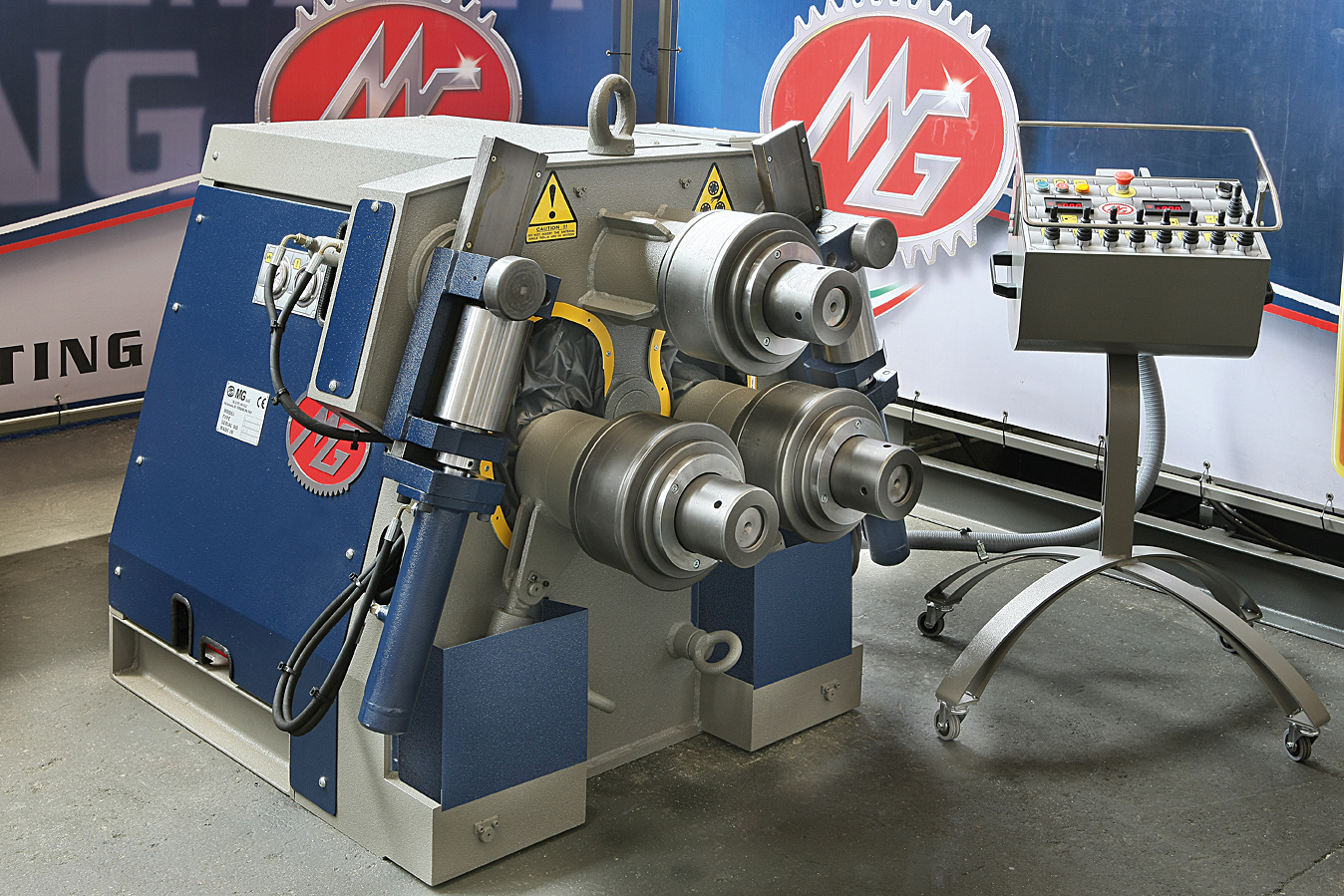
Steel Industry Welcomes Higher Tariffs as Aluminum Sector Pushes Back
The U.S. steel and aluminum sectors are responding differently to the Trump administration’s proposal to raise tariffs. The Steel Manufacturers Association (SMA) praised the plan to double tariffs on imported steel to 50%, calling it a major win for domestic producers.
SMA’s members rely heavily on U.S.-sourced ferrous scrap and electric arc furnace (EAF) production. They view the tariff hike as a way to protect investments and prevent a flood of imports. According to SMA, since the original tariffs in 2018, the U.S. steel industry has invested over $20 billion in expansion and modernization.
In contrast, the Aluminum Association warned that a 50% tariff on aluminum imports could harm manufacturers, raise prices, and disrupt defense supply chains. Its CEO, Charles Johnson, emphasized the distinct dynamics between aluminum and steel. He urged the administration to avoid a one-size-fits-all approach.
Aluminum Industry Cautions Against Broad Tariff Policy
The Aluminum Association represents a global network of companies with facilities across the U.S., Canada, and Mexico. Members include major producers like Alcoa, Novelis, and Norsk Hydro, all of which rely on integrated North American supply chains.
Johnson stressed that aluminum producers need consistency in tariff policy and protection from unfairly traded imports. He acknowledged the administration’s goals but called for smarter, more targeted solutions. A sudden 50% tariff, he argued, could reduce demand and strain the very companies it aims to support.
However, some voices in the aluminum sector support the increase. The American Primary Aluminum Association and Century Aluminum both endorsed the move, citing its potential to bolster U.S. jobs and investment. This division highlights the internal complexity of the aluminum market and its varied stakeholders.
SuperMetalPrice Commentary:
This policy debate underscores a critical reality: steel and aluminum may share geopolitical significance, but they differ in economics. While steel producers benefit from localized supply chains, aluminum relies on a continental ecosystem. The split reactions reveal the risk in treating industrial metals with a uniform trade approach.
As U.S. policymakers double down on industrial reshoring, they must weigh the unique characteristics of each material. The future of metal-intensive sectors—like automotive, defense, and clean energy—depends on getting these distinctions right.











Leave a Reply
You must be logged in to post a comment.